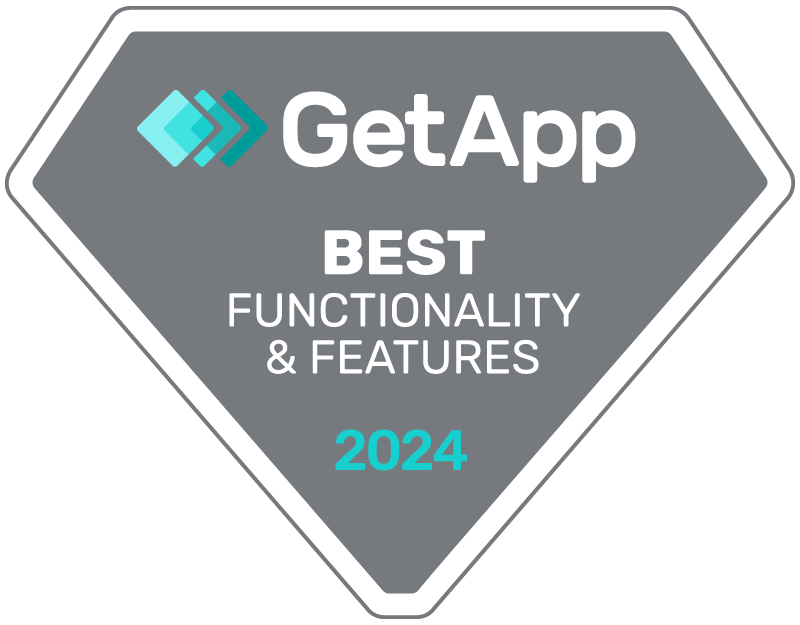Without Customer Insight We’re Just Lost in Data

Big data can count a billion objects, detect myriad correlations and provide endless statistical probabilities. But it can’t explain the emotions behind loyalty, the secrets to satisfaction, what really drives an employee or gauge the power of a creative idea. Customer insights, however, play a vital role in uncovering these aspects, providing a deeper understanding of why a company is succeeding or failing. Big data can tell us everything in short, except why a company is succeeding or failing.
Your corporate agility has always depended on your ability to make changes faster than the market and before the competition. Getting ahead by connecting with people’s brains – getting their feedback and insights – is the most important source of competitiveness. And this too has always been the case.
Yet what happens in the most advanced industries, and will gradually happen everywhere, is:
- Customers, employees, and other key stakeholders behave unpredictably during moments of disruption and catalyze new leaps forward through their choices (and historical patterns become less relevant teachers)
- Radical innovation emerges outside existing business ecosystems (which existing data and retrospective analytics cannot capture)
- Social connections and influences interrupt the pattern of linear development (and causality follows a chaotic pattern, where linear correlations don’t matter like they did before).
These three fundamental changes create a context in which big data is no longer all-knowing and all-powerful. The phenomena is actually broader than big data or the business world: society itself is undergoing a revolution in terms of its central mechanisms and platforms for decision-making.
It’s all about people
Competitive insight is all about people and their unique ability to observe and synthesize. Future patterns, like present ones, will be affected by the unpredictable nature of human beings, on-going changes to the contexts businesses operate in, and disruptions injected by external social forces.
To predict with higher levels of confidence, in these unpredictable times, you need to engage people directly in your decision-making process, have a continuoys real-time dialogue with them and get their feedback on the perceived options and choices. The customer insight agenda is the new reality in a business world defined by rapid and unrelenting change.
Human insights vs transactional analytics
Regardless of how sophisticated big data analytics becomes, people have a few unique, immutable features, which separate them from transactional analytics and algorithms:
- People have a natural tendency to analyze only the data relevant to them and synthesize it with themselves as a focal point. Unlike big data analytics, humans take everything that matters to them into account, putting themselves in the middle, and basing their synthesis on all relevant touchpoints and influences around them.
- People have a built-in ability to predict their next actions. Indefinite permutations suddenly become a set of options. Even a single interruption in the logical sequence of order will completely re-shuffle the options and the sequence of priority, but the person herself is able to provide an immediate re-constructed set of preferences. The closer to her inner circle of trust the external influence comes from, the more powerful impact it will have.
Big data and changing leadership
Big data’s strength and usefulness in decision-making only works when its huge data masses are combined with invaluable human insight and interpretation. While data may give you a clue as to what’s happening, you need to ask a human to discover why it’s happening. Asking the right questions to the right people gets you to people’s intuition and insight, and then you’re on your way to success.
Exploring those answers more deeply delivers hindsight into what happened, insight into why it’s happening, and even further — foresight into what’s likely to happen or needs to happen to bridge the gap between where you are and where you want to be. All three perspectives working in conjunction are the only viable feedback model for 21st-century business.
The wisdom of why brings customer insight
When there is a problem, there is a solution. In the case of getting the value out of your big data investment, the solution is to focus your sensors where the future is created and made. Big data is useful, as an example, for finding the right questions to ask.
But to get down to answers and gain true insight into why people hold the key. Get their insight. Expose yourself to next generation leadership and get ahead of your competition by engaging people in a feedback-centric culture backed up by enterprise-wide feedback technology.
Include feedback in your decision-making to assess the most relevant business scenarios, back-up your rationale with people’s insights and leverage your risk by letting foresight guide your execution.
The earlier you engage people with their customer insight, the more you can influence their behavior and supersede your competition.
Customer insight; Conclusion
This year, 2015, is actually the year of Back to the Future (the movie). I am tempted to say: you don’t need a DeLorean to see the future; all you need is people’s feedback and a context to engage with them.
The key question, of course, is will you be the game changer in your market or a mere follower of the pace your competition is setting to attract your customers and employees? It’s a question no company can afford to ignore. People matter. Are you getting customer insight?
Read more about Customer Satisfaction Surveys










